Best handlebars for gravel bikes 2025: flared bars for off-road riding
The best handlebars for gravel riding might look similar to road handlebars, but there are some subtle differences that will help elevate your gravel riding. Here are some of the best options.
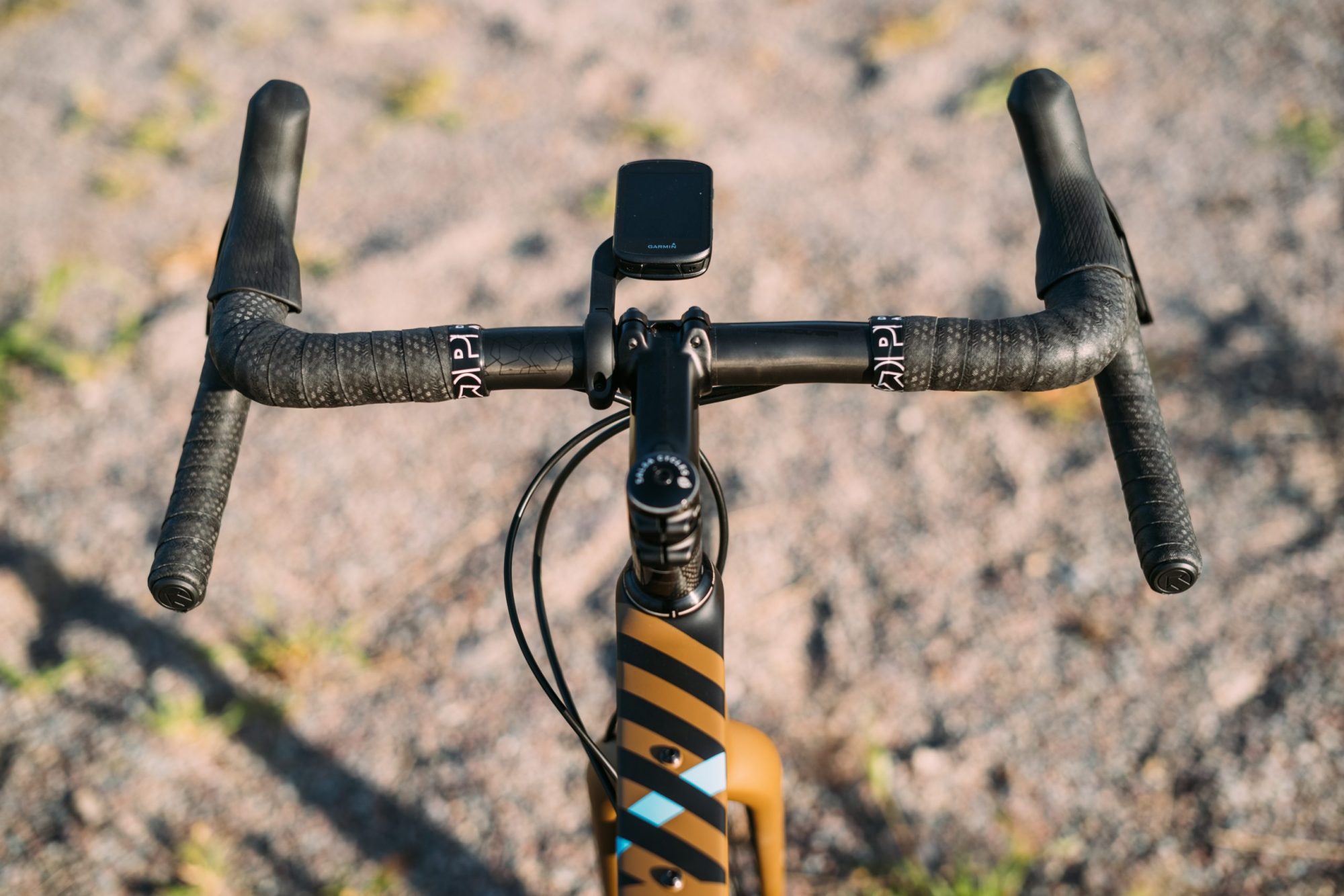
Just like gravel bikes themselves, gravel handlebars have to blend the efficiency and body position of a road bike handlebar with the comfort and control of a mountain bike bar.
This can be achieved by using more forgiving materials and different shapes for the handlebars, most noticeably by flaring out the drops. This extra width gives more leverage and hence more stability and control off-road, but by keeping the hoods close together there is still a reasonably efficient position available when needed. Some gravel-style handlebars are only 5° or 6° more flared than a road bar, whilst others take it to extremes with large flares that give excellent control and a comfortable position but also hugely alter the hood and shifter position.
The best bet is to start with a smaller flare and increase it if you feel that you would benefit from more off-road control and aren't bothered by the changed shifter angle.
The quick list
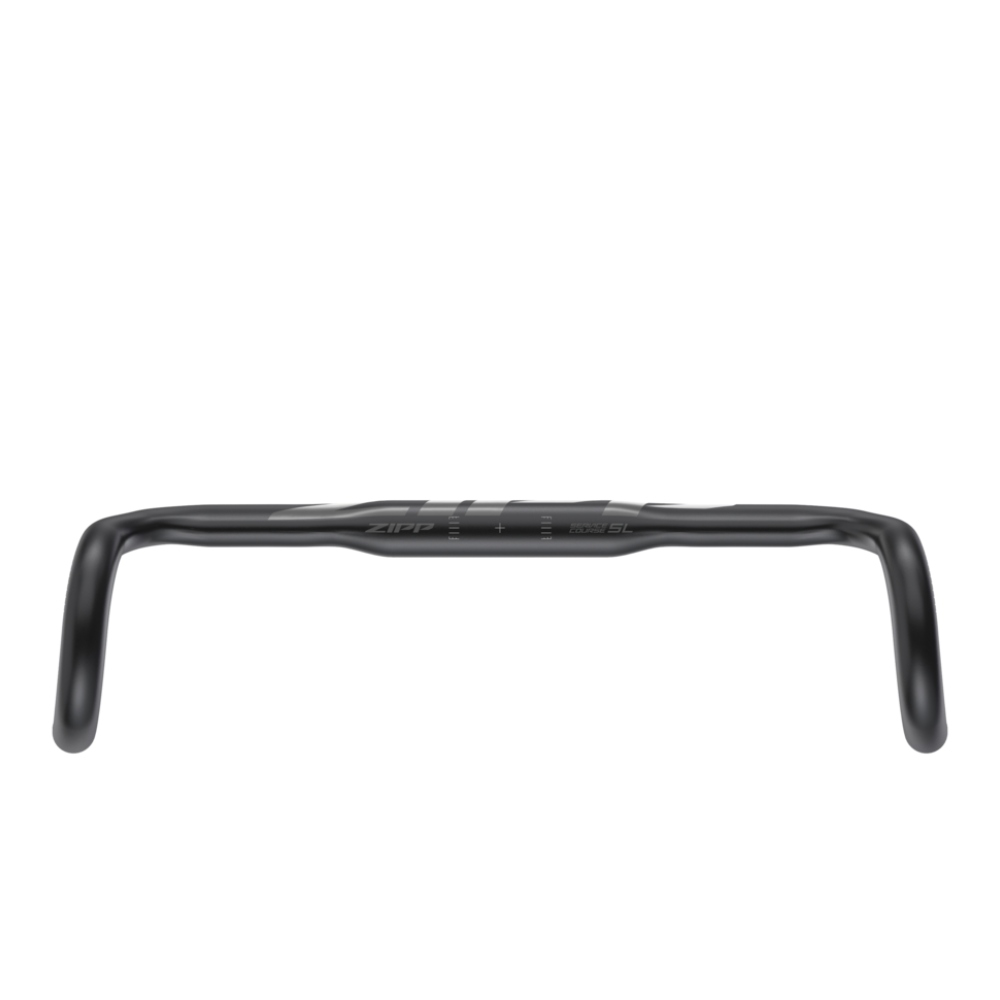
Best for comfort
With a shallow drop, short reach and subtle flare, the SL-70 XPLR works well on and off-road. There is a gentle backsweep and ergo tops, making them a brilliant introduction to gravel handlebars.
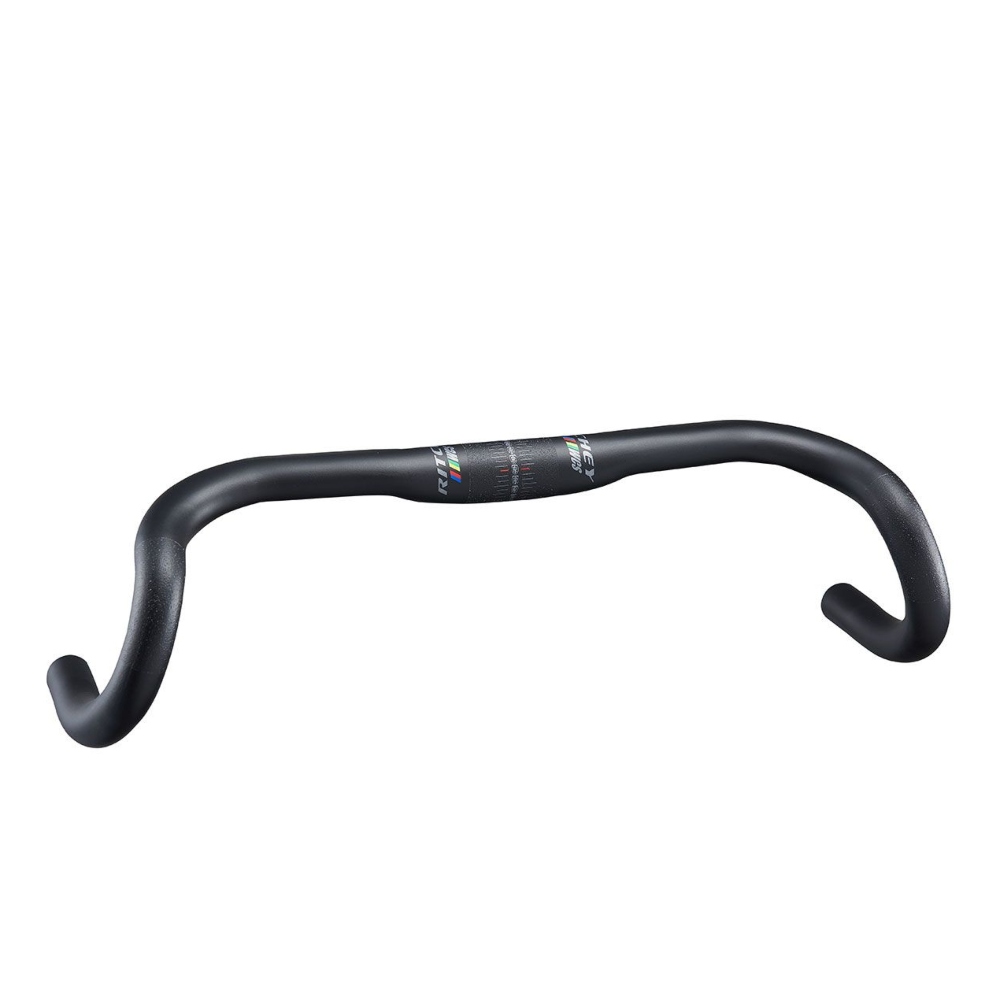
Best for mixed terrain
Comfortable ergo tops and a 12° flare make the WCS Butano a good choice for mixed terrain. The compact design allows for easy switching between had positions without ever feeling too extreme.
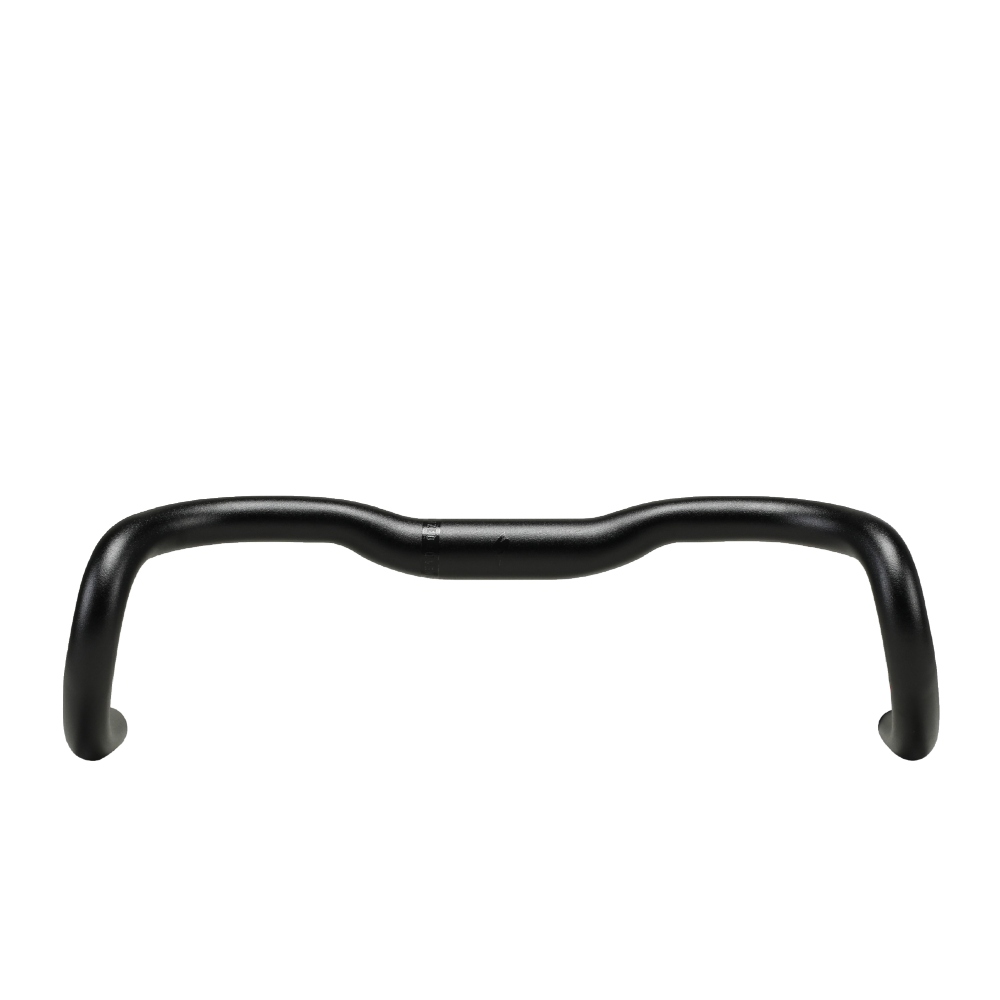
Best for positions
The curvy shape of the Hover bars gives a good choice of hand positions, especially when a bar bag is fitted and it lifts the bag further away from the front tire. They offer great value too.
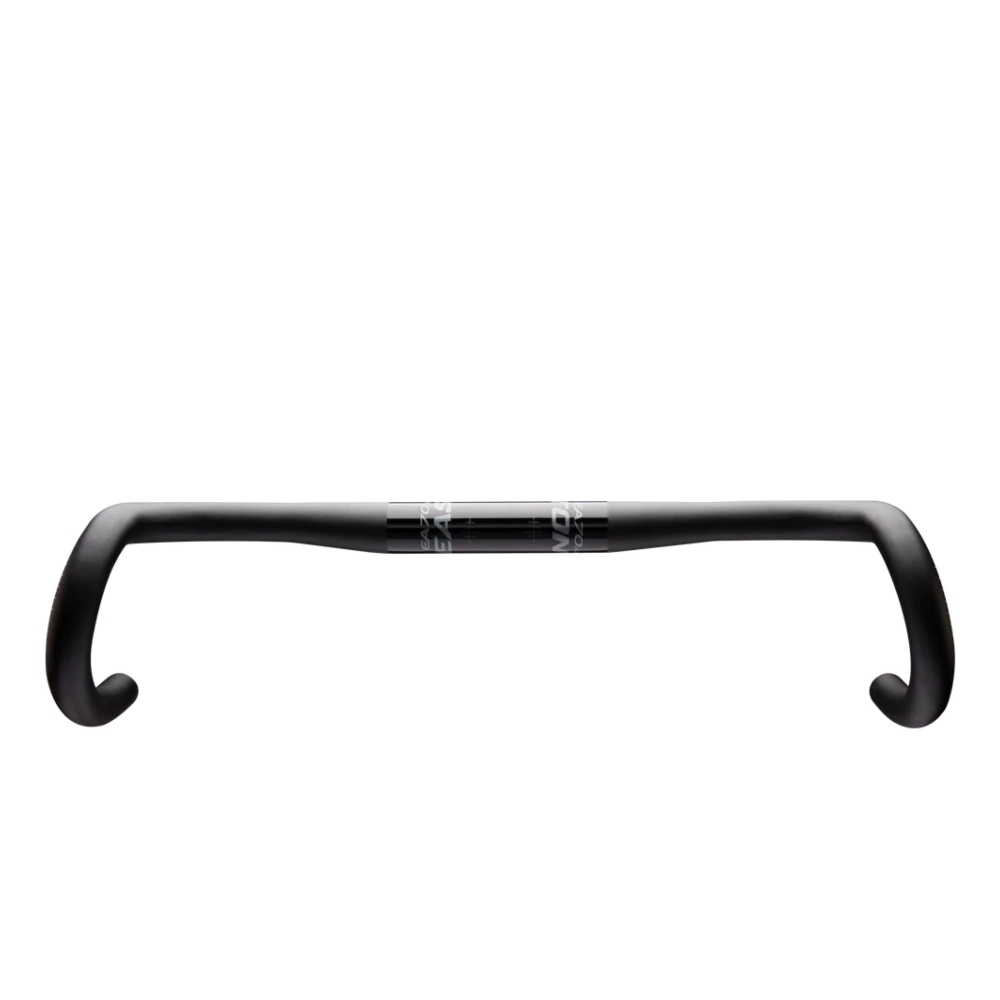
Most traditional
The round tubes and deeper drop give Easton's EA70 AX a more traditional road bar feel - perfect if that's what you prefer. There is a reasonable flare though for good off-road control and the markings will help orientate the levers and stem.
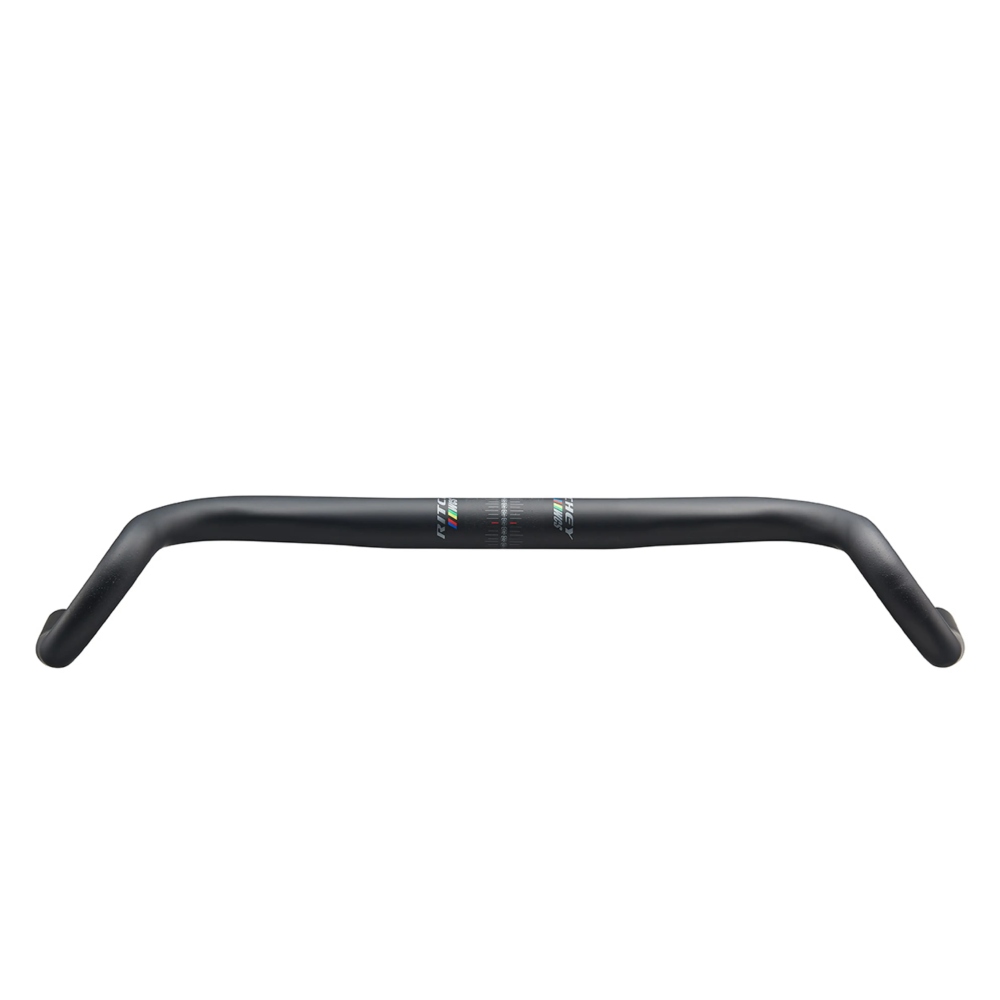
Best for bikepacking
The most flared bars on test with 36°, these are perfect for long rides and multi-day bikepacking adventures. There are lots of comfy hand positions available and loads of space for a large bar bag, but the shifters are at a bit of an angle.
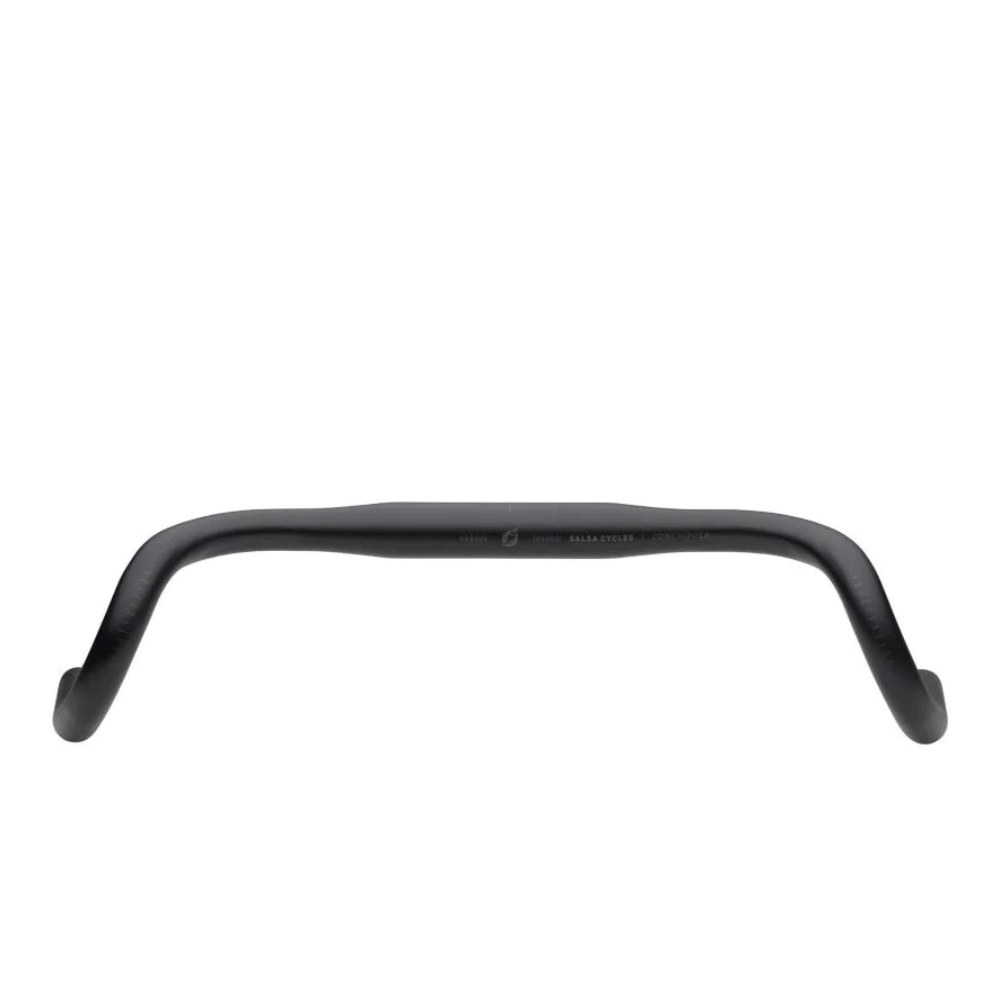
Best for size range
Salsa's Cowchipper is available from 38cm up to 52cm, so you can find a size that suits you and your riding. The 24° flare gives excellent control and plenty of room for a handlebar bag but they aren't cheap.
Our pick of the best handlebars for gravel bikes
Here’s our pick of the best handlebars for gravel bikes that are on the market right now. Read on to the end for more tips on what to look for when choosing the best handlebars for you, including notes on flared bars and why you might want to consider them.
Best for comfort
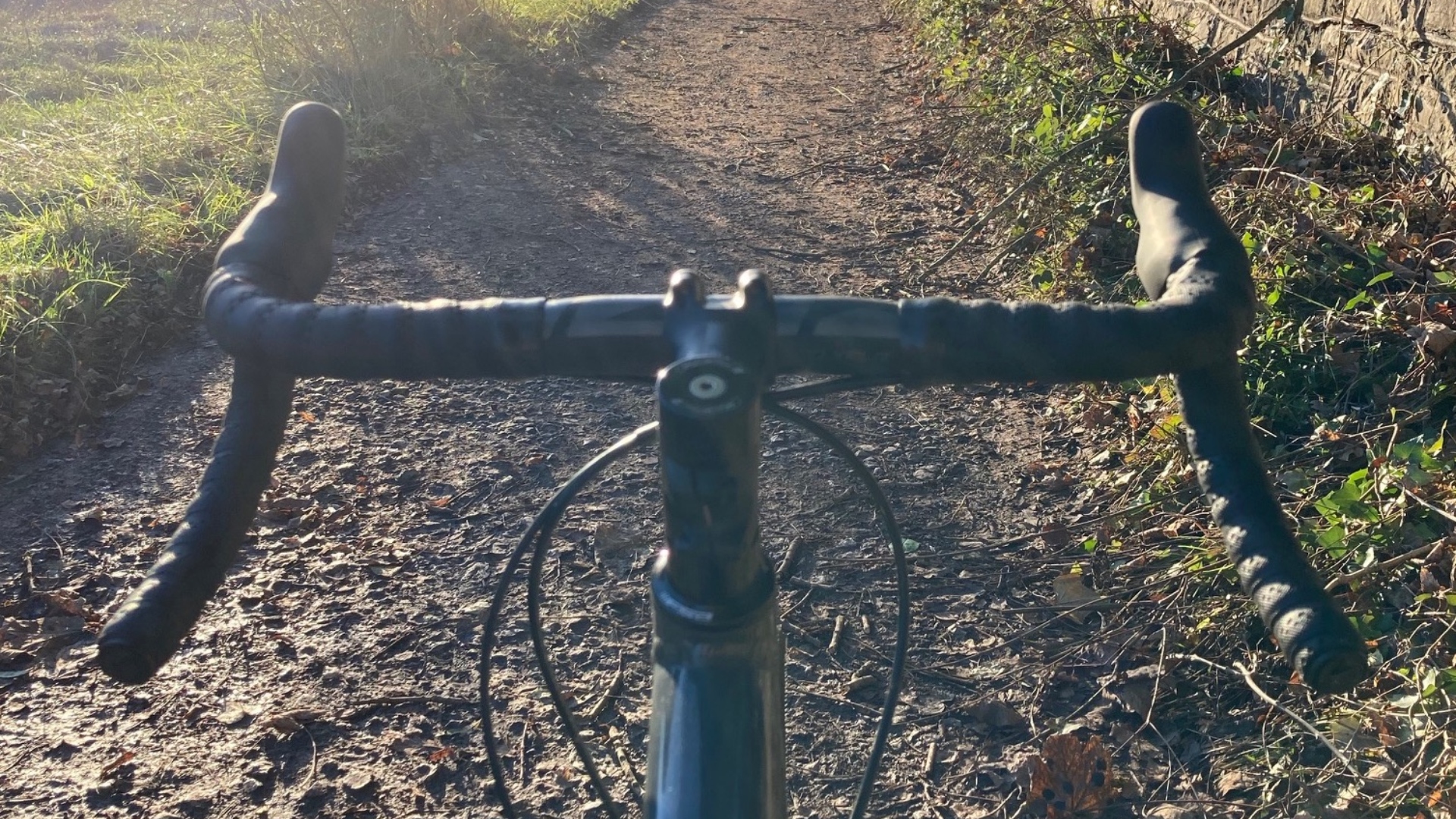
Zipp Sl-70 XPLR handlebars
Specifications
Reasons to buy
Reasons to avoid
Zipp's SL-70 XPLR bars are ideally suited for both gravel and all-road riding. They feature the classic combination of 'short and shallow' to create a bar that's comfortable and stable across varying terrain. The ergo tops with their subtle backsweep really add to the comfort too.
The 11° outsweep also increases their versatility - we found it's just enough to provide extra control when riding off-road yet not so severe to promote an extreme hood position. If you're used to riding regular road drops the transition to the Zipp SL-70 XPLR bars is an easy one. On test we found them to be some of the very best gravel and all-road bars we've ridden.
Read more: Zipp Service Course SL-70 XPLR handlebar review
Best for mixed terrain
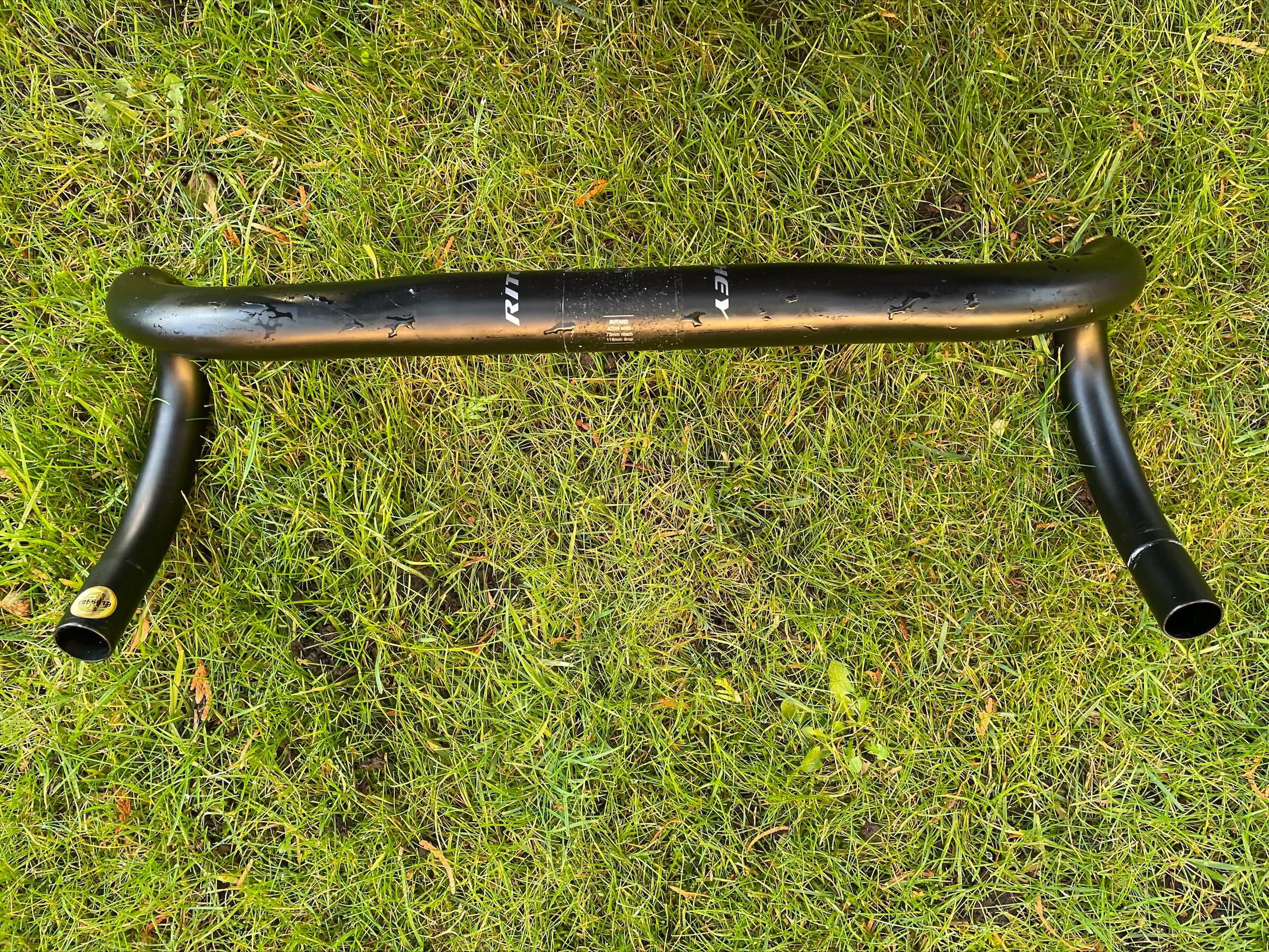
Ritchey WCS Butano handlebars
Specifications
Reasons to buy
Reasons to avoid
Ritchey offers a range of gravel and all-road handlebars, with the WCS Butano sitting at the more conservative end when it comes to degree of flare. The 12° of outsweep provides a good amount of additional control over more technical terrain without creating an aggressive angle for the hoods.
We found that the ergo tops made for a stable and comfy platform, while the short drop and reach allow you to switch hand positions with ease. The result is a bar that excels over varied surfaces. On test we found them to be a great choice for mixed routes as well as long road rides where comfort is key.
Read more: Ritchey WCS Butano handlebar full review
Best for positions
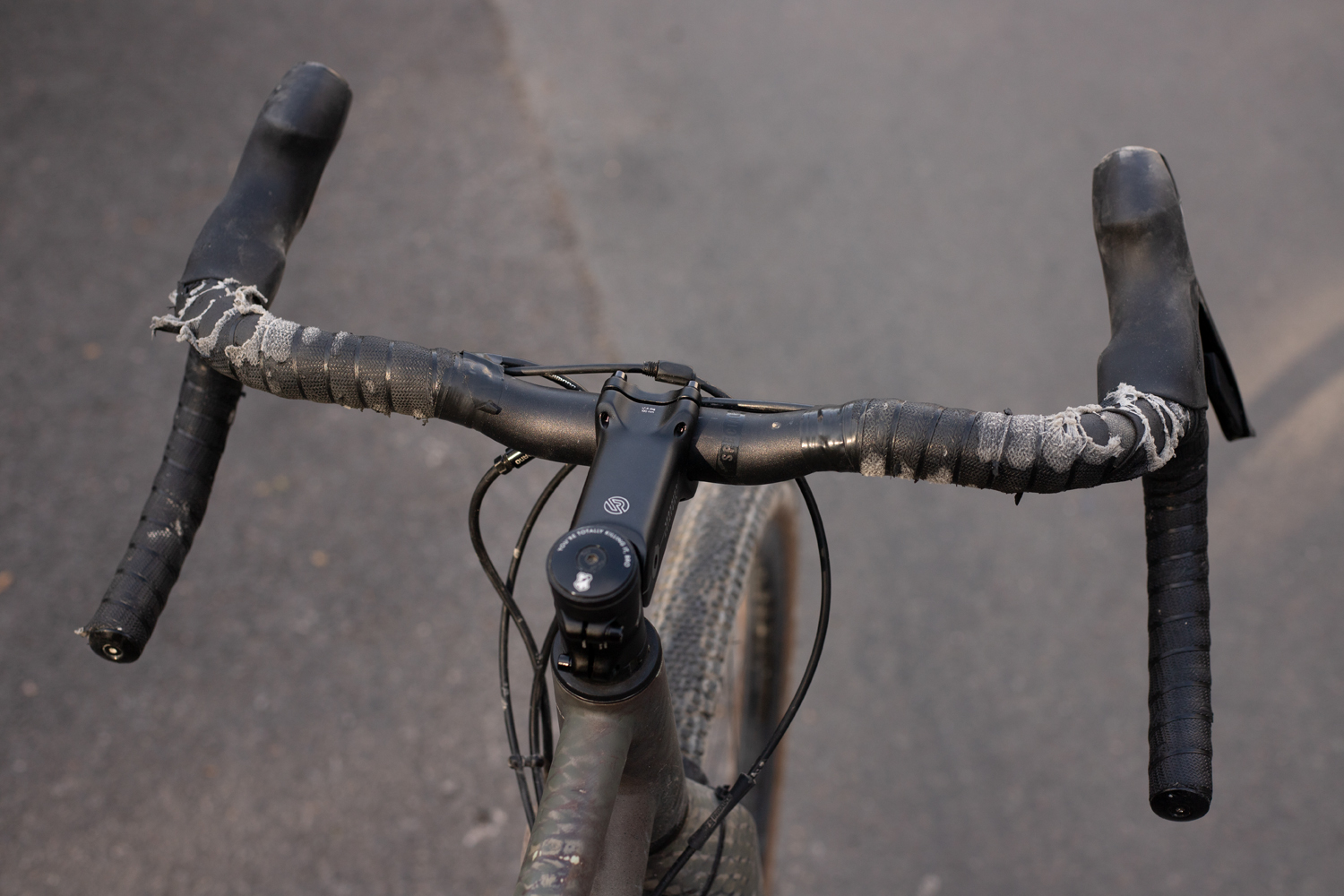
Specifications
Reasons to buy
Reasons to avoid
Their looks might divide opinion, but these Hover bars from Specialized certainly impressed on long-term review. Besides their excellent value, thanks to the 15mm rise we found that they offer a great range of fit, among other benefits.
The rise gives you more space on the bars for your hands when running a handlebar bag, and for smaller riders, this extra 15mm above the tire can make a big difference to handlebar bag compatibility. There's a subtle 12° flare on the drops too, so you'll find yourself in a more stable position for descending and techy riding than traditional road bars.
Read more: Specialized Hover Alloy 15mm rise plus flare handlebar full review
Most traditional
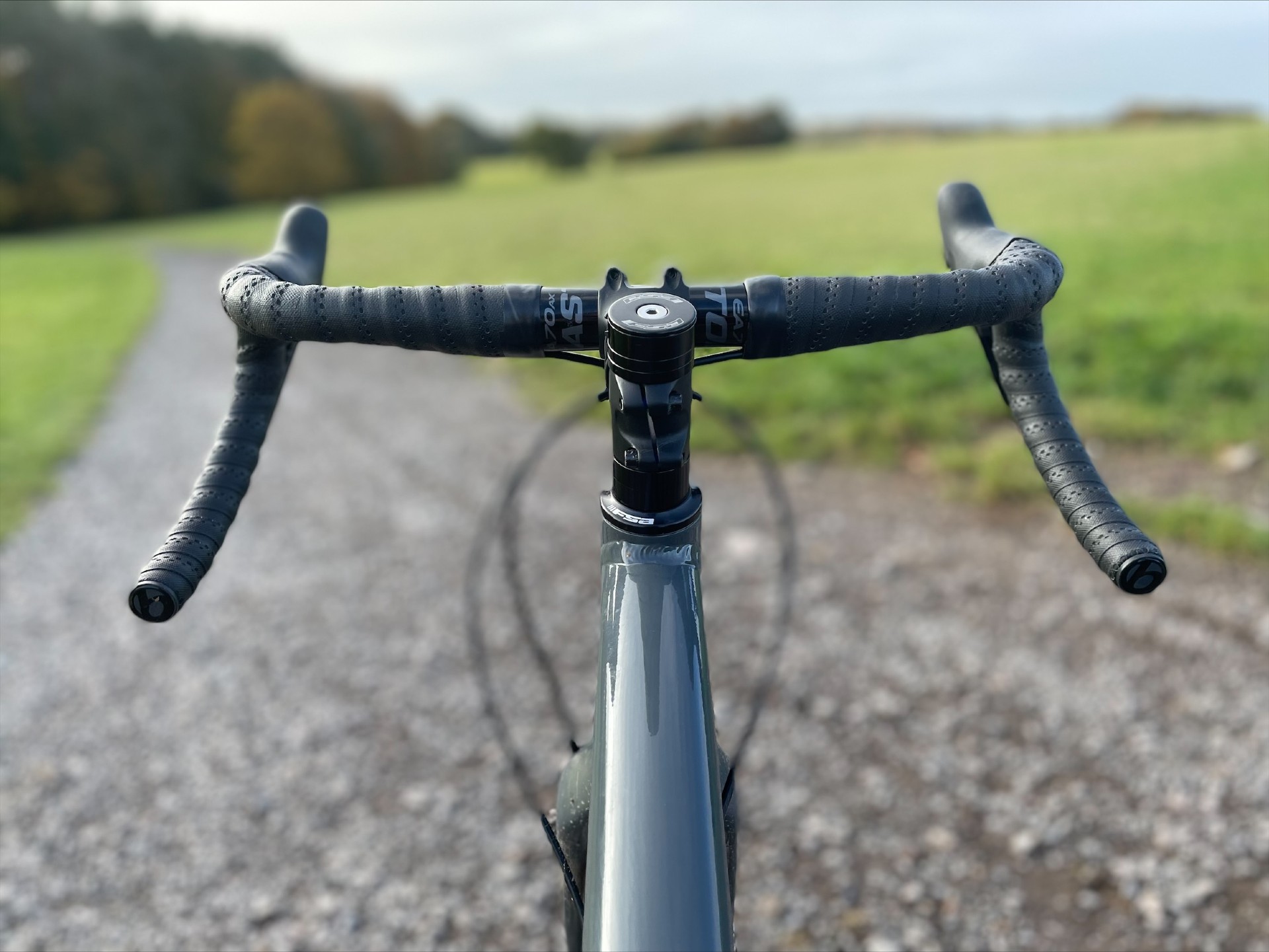
Easton EA70 AX handlebars
Specifications
Reasons to buy
Reasons to avoid
The EA70 AX bars from American brand Easton are one of two flared options in our list, with the EC70 AX referring to the carbon fibre equivalent.
These feature a moderate flare of 16°, meaning you'll benefit from a sturdier descending position while retaining the same position for your shifters up top. In the drops, this level of flare adds an extra 68mm of width. These bars also feature some handy measurement marks which help you to fit the shifters equally and get the bars central on the stem clamp. On test we found them to be well-balanced bars that should suit riders used to traditional road drops.
Read more: Easton EA70 AX handlebar full review
Best gravel bars for bikepacking
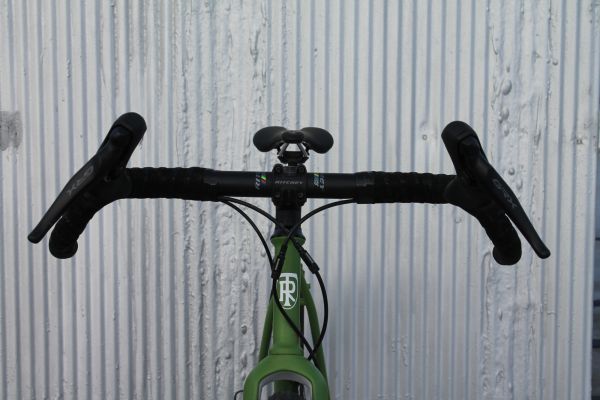
Ritchey WCS Beacon handlebars
Specifications
Reasons to buy
Reasons to avoid
Ritchey's Beacon bars combine an extremely short reach and shallow drop with a super-wide 36° flare to create a bar that is designed with comfort and stability in mind. On test we found that the numbers added up.
The flare adds plenty of additional width at the drops, which in turn provides bags of control. It's just what's needed on technical trails or when weighed down with bikepacking bags. The multiple hand positions allow for greater comfort over longer distances, again making them well-suited to multi-day, multi-surface touring. In short, a practical flared handlebar geared up for bikepacking and gravel adventures.
Read more: Ritchey WCS Beacon gravel bar full review
Best for size range
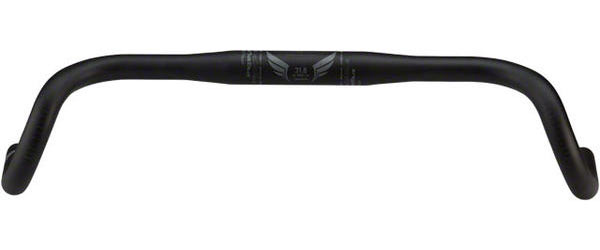
Salsa Cowchipper handlebars
6. Salsa Cowchipper Flared Bars
Specifications
Reasons to buy
Reasons to avoid
One of the first players in the flared bars game, the Salsa Cowchipper bars are somewhat of an icon in gravel riding circles. These feature a 'radical' 24° flare that alters not only the drop width, but also the angle of the shifters up top.
Salsa sells the Cowchipper bars in no less than eight widths, starting at just 38cm. For a really extreme position, or range of hand positions, opt for the mega 52cm width option. We found them a good width to accommodate larger handlebar bags for bikepacking, but they're an expensive upgrade.
Best gravel bars for outstanding value
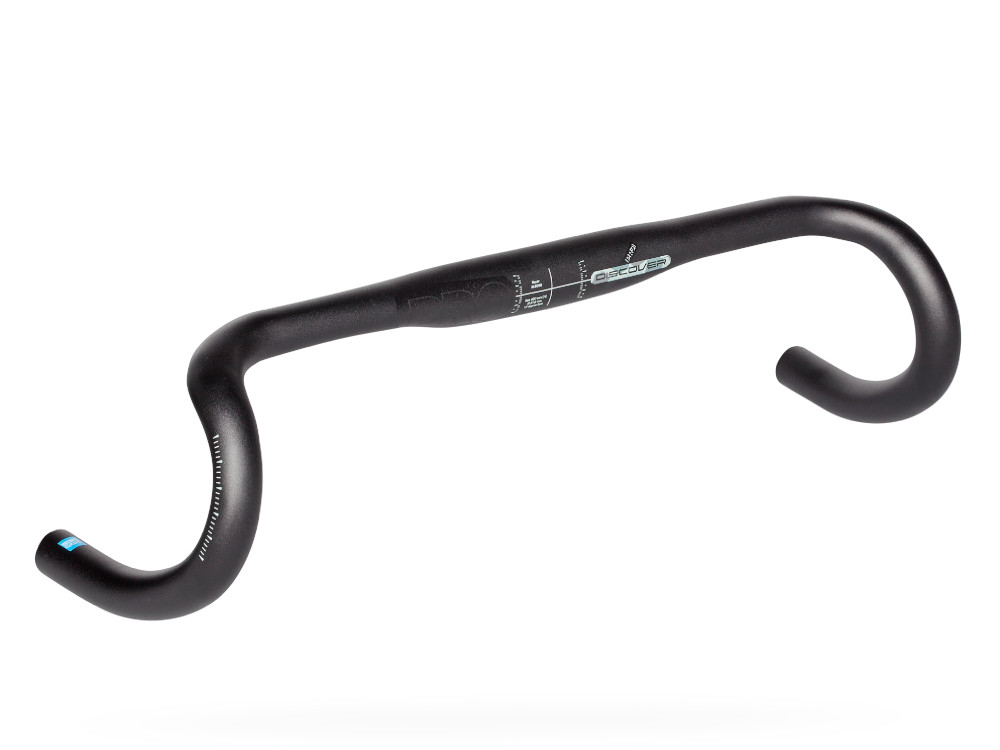
FSA Adventure Compact handlebars
7. FSA Adventure Compact Road Bar
Specifications
Reasons to buy
Reasons to avoid
Retailing at a really reasonable price and often available for even less, the Adventure Compact Road Bar is a great budget choice from FSA. This alloy bar is available in a wide range of sizes from 38-46cm and with a moderate flare of 12°.
The bar surface is shot peened and the alloy is tapered and butted. We'd suggest that they are great starting point for anyone who's curious to try flared drop bars, without having to commit too much cash.
Advice
Why flared bars for gravel riding?
There's no denying that flared bars are all the rage for off-road drop bar biking, aka gravel riding, but why are they so popular? If you're anything like us, and are a bit cynical about this quite subtle change, let us tell you: seeing really is believing when it comes to trying out some flared handlebars for yourself.
Ranging from mild flares in the low teens to 25° and more, these bars all alter your position when you're in the drops. This position tends to be more stable for descending off-road, widening your stance and giving you more control. As an added bonus, with more space between the drops, there's also a bit more room for handlebar bags if you're going bikepacking or endurance racing.
Most of the mild flares up to around 15° won't alter the position of your hands when you're on the hoods too drastically, but beyond this you'll find that the shifters also change position. This can be supremely comfortable for some and simply uncomfortable for others. We'd recommend starting with a mild flare at first, and then if you're still curious, moving up to these more extreme bar shapes.
If you're buying your first gravel bike, then it's likely that it's not just the handlebars you're curious about - we cover plenty more in our 'everything you need to know' guide.

Ritchey WCS Beacon
What about flat bars for gravel riding?
Flat bar gravel bikes could be the next big thing. Specialized's 2021 Diverge launch featured two straight bar models, Ribble offers some of its CGR models with flat bars too, and there's an increasing number of custom gravel built up with straight bars too.
When it comes to putting straight bars on gravel bikes, there might be a bit more to it than simply fitting some old MTB flat bars. As the type of riding is often a bit different to modern mountain biking, you'll need to consider how you can make these comfortable, for example, for longer rides where you spend more time in the same position.
You can use two different things to alter how comfortable this is for your hands and wrists: the sweep of the bar (Jones bars being the extreme example) or the grips that you use. Try a set of grips with more wrist support, for example the Ergon GA3 grips.
If you're into bikepacking, you might find that flat bars work better for you, as there's less of a limit when it comes to handlebar bag size.
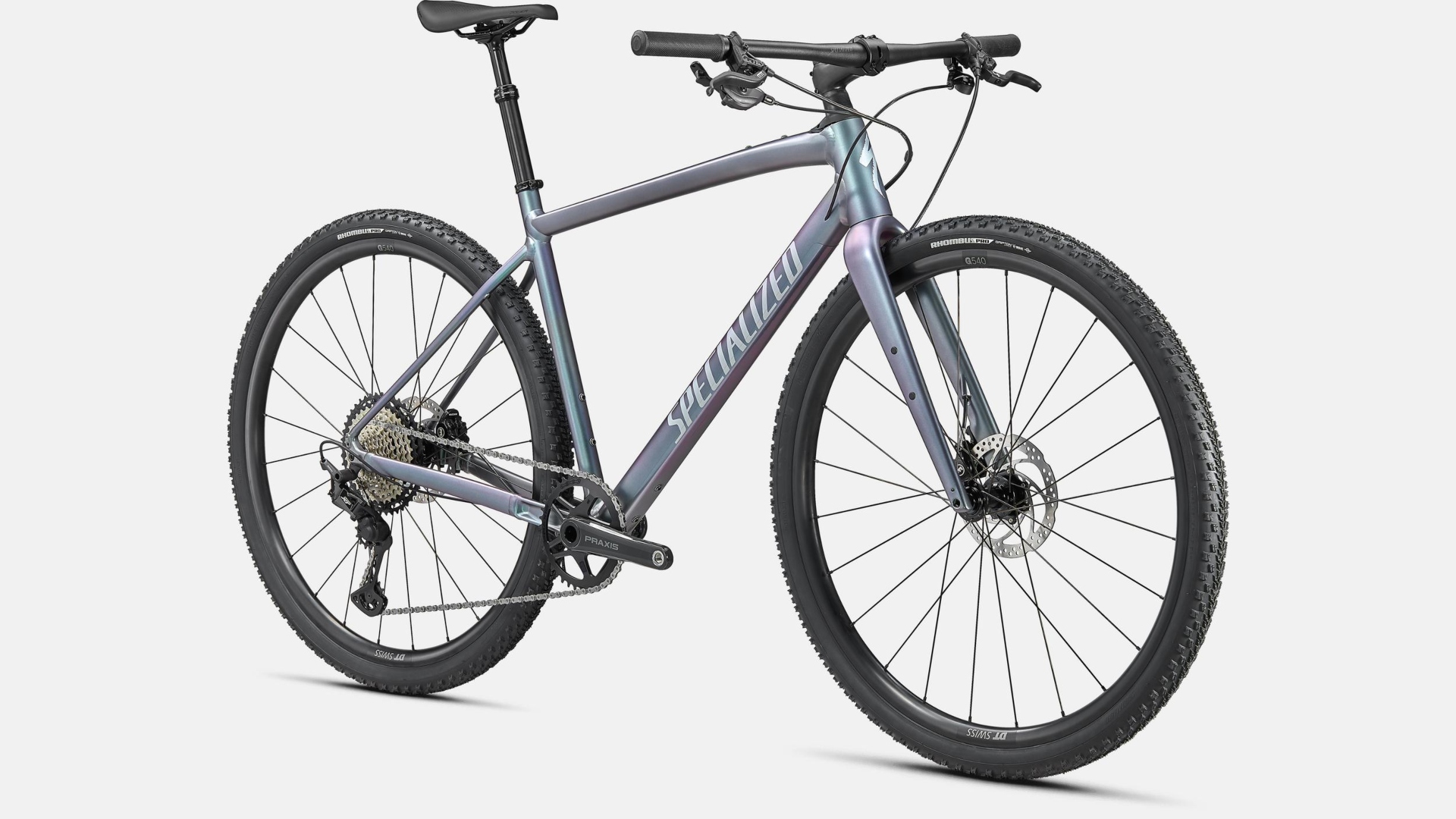
Specialized Diverge EVO with flat bars
What's the best handlebar material for gravel riding?
Although most gravel-specific handlebars are aluminum alloy, you'll also find some carbon fibre models aimed towards the racier end of the spectrum.
Alloy makes for a great handlebar material as it's strong and robust, which is especially useful when it comes to gravel bikes and the kind of treatment they go through over rough terrain or on multi-day bikepacking trips.
Carbon fibre handlebars tend to be lighter, which might be of use if you're a more competitive gravel racer, or want help to reduce rough road feedback a little. They'll certainly be more expensive though, and bear in mind that although carbon fibre bars are strong, they can break more catastrophically on impact, such as if you end up tumbling over the bars.
Don't forget that some of the best handlebar tape can go a long way to adding grip and comfort.
How we test
Miles, miles and more miles is the only way to discern the comfort and advantages of the best gravel handlebars - Cycling Weekly's testers certainly put in the saddle time for this test. Off-road comfort, rough terrain control and ergonomics are the key markers when it comes to gravel handlebars, along with durability, so these were the areas under scrutiny.
The latest race content, interviews, features, reviews and expert buying guides, direct to your inbox!